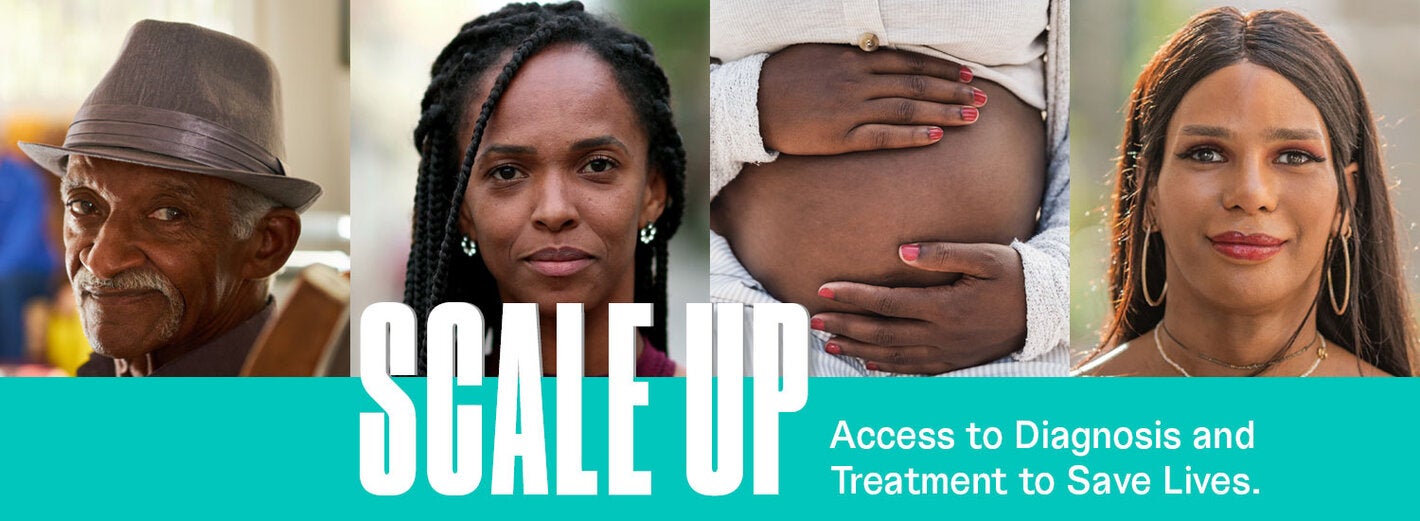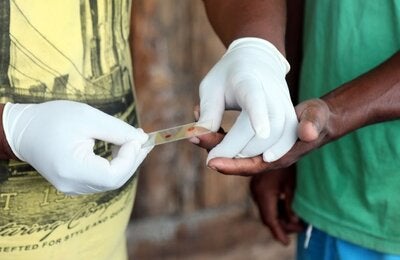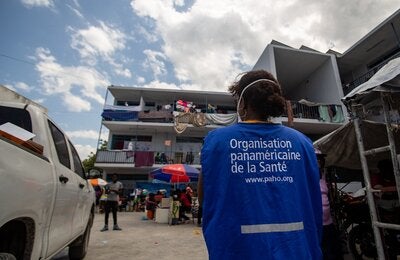
The cost of treating hepatitis B and C has reduced dramatically the last 10 years, making hepatitis medicines an affordable way to control the disease and prevent deaths
Washington, D.C., 27 July 2023 (PAHO) – On the eve of World Hepatitis Day, the Pan American Health Organization (PAHO) is urging countries to rapidly scale-up access to diagnosis and treatment for hepatitis B and C to achieve the goal of elimination in the Region by 2030.
Hepatitis, an inflammation of the liver that can lead to serious disease and death, affects over 10 million people in the Americas. While hepatitis can become chronic, it can be effectively controlled with medicines if detected in time.
In the Americas, however, just 18% of those with hepatitis B and 22% of those with hepatitis C are aware they have the condition. And of these, just 3% of those with hepatis B and 18% with hepatitis C receive treatment. This is primarily due to continued underinvestment in diagnostics and hepatitis medicines, which, in the case of hepatitis C, can treat the disease in just 12 weeks.
While immunization programs have enabled the Americas to significantly reduce mother-to-child transmission of hepatitis B, “more than 100,000 people die each year due to liver cancer or cirrhosis caused by hepatitis B and C,” Dr. Jarbas Barbosa, PAHO Director said. “These deaths can be prevented if we increase the offer of testing and treatment services.”
”One of the main impediments to the treatment of chronic viral hepatitis is the perception that the medicines required are prohibitively expensive for countries,” Dr Leandro Sereno, Regional Advisor on Hepatitis Prevention and Control at PAHO, said. “However, thanks to the increased availability of generics in the Region, the cost of treating hepatitis has reduced considerably over the past decade.”
Countries in the Region can also purchase medicines to treat hepatitis through the PAHO Regional Revolving Funds – technical cooperation mechanisms for the pooled procurement of life-saving medicines, diagnostics, vaccines, and medical devices. The patented product to treat hepatitis C is now available at less than half its original cost via the Funds, as are affordable generic options, providing countries with the opportunity to massively scale-up access to treatment.
World Hepatitis Day is observed every year on the 28July to reflect on progress and achievements in the fight against hepatitis, as well as on opportunities to address the gaps in efforts to eliminate the disease as a public health concern.
The theme for this year, ‘One life, One liver’, shines light on the silent role of the liver in performing over 500 vital functions to keep us alive. This is why prioritizing liver health, and knowing our hepatitis status, is so important.
Hepatitis by numbers
- 5.4 million people in the Americas live with hepatitis B and 4.8 million with hepatitis C.
- Only 18% of those with hepatitis B and 22% of those with hepatitis C are aware they have the condition.
- 3% of those with hepatitis B and 18% of those with hepatitis C receive treatment.
- As a result of lack of access to diagnosis and treatment, around 100,000 people die of hepatitis-related causes in the Americas each year.
- Thanks to the introduction of generic medicines, available through the PAHO Regional Revolving Funds, the price of curative treatment for hepatitis C has been reduced to between 80-150 USD for a 12-week treatment course for countries with agreements in place.
- Vaccination to prevent hepatitis B are now included in the schedule of all countries and territories in the Americas.
- Over the past 5 years, through PAHO’s Regional Revolving Funds, 38 countries in the Region acquired over 31 million doses of hepatitis B vaccines. Also, 16 countries in the Region have procured over 3.8 million diagnostic tests and around 25,000 courses of treatment for hepatitis.



